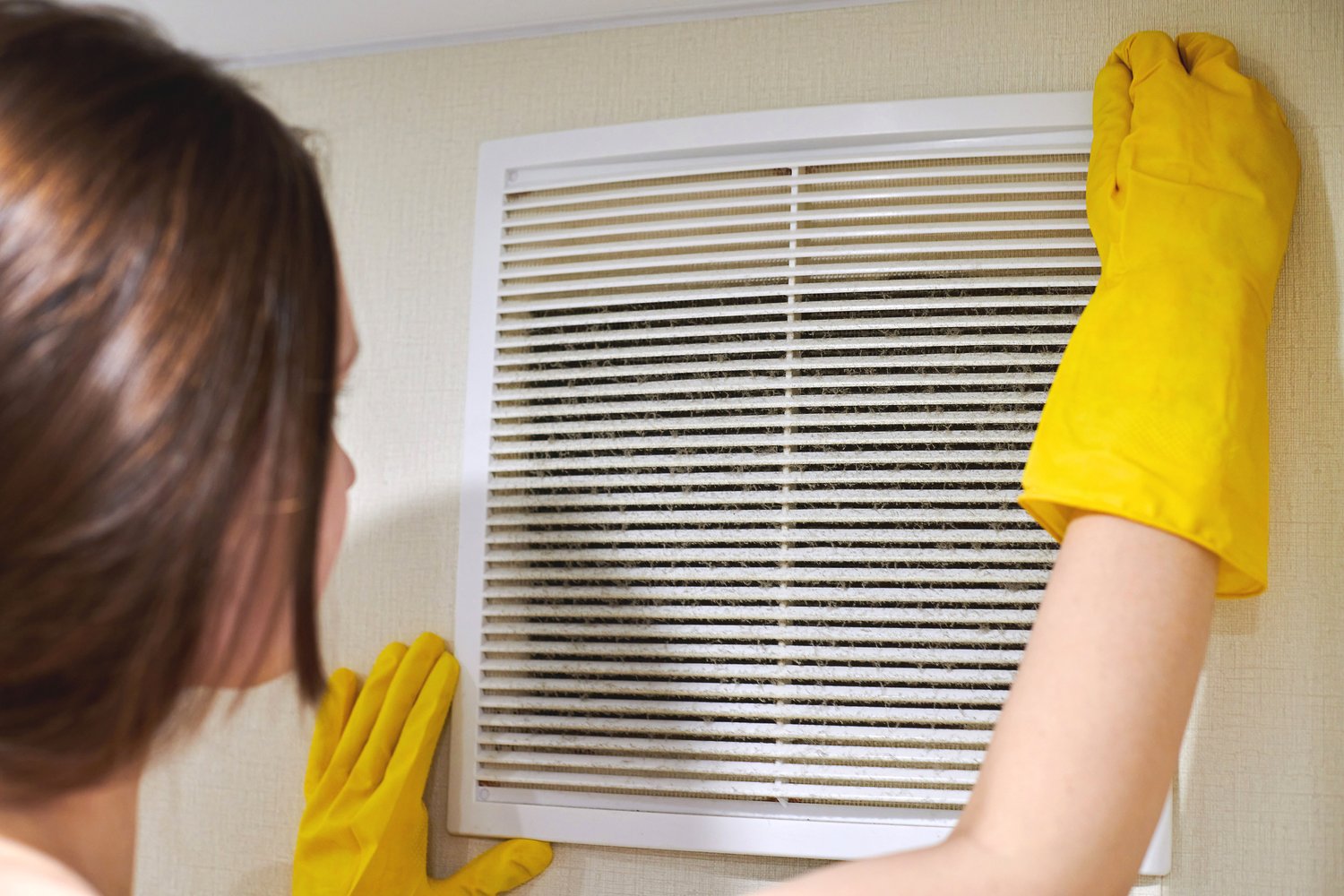As temperatures begin to rise, your HVAC system shifts from heating to cooling—often without much fanfare. But that quiet transition can hide small issues that, left unchecked, may affect your system’s efficiency and longevity. A spring HVAC maintenance checklist helps you stay ahead of problems, ensuring your home remains comfortable and your energy bills stay in check.
Start with a full system inspection
Before making the switch from heat to air conditioning, it’s smart to have a professional inspect your entire HVAC system. This includes checking electrical components, examining the blower motor, and testing thermostat accuracy. Any worn parts or calibration issues can be addressed before they affect your home’s temperature control.
Professionals are trained to detect early warning signs that homeowners might miss, such as subtle airflow restrictions or buildup in the evaporator coil.
Replace or clean air filters
Over time, HVAC air filters collect dust, pet dander, and other airborne particles. If left unchanged, a dirty filter can restrict airflow, forcing your system to work harder. That not only increases energy use but also puts strain on components like the fan and compressor.
Replacing the filter—ideally every 30 to 90 days depending on your household—will improve efficiency and indoor air quality. Many homeowners schedule this as a recurring part of their seasonal maintenance plan.
Clear away outdoor unit debris
Spring cleaning isn’t just for the inside of your home. Head outside and make sure your HVAC’s condenser unit is free from leaves, dirt, and debris that may have accumulated over the winter. Trim back plants or shrubs at least two feet to ensure proper airflow around the unit.
This step is essential for maximizing your system’s cooling capacity during the warmer months ahead. Professional HVAC techs often include this in their seasonal service packages.
Check and clean air vents
Inspect your home’s supply and return vents to ensure nothing is blocking the airflow. Dust buildup, furniture placement, or closed vents can limit circulation and reduce overall system performance. While a quick wipe-down with a vacuum can help, a full duct cleaning may be necessary for older homes or if you’ve noticed a drop in indoor air quality.
A licensed HVAC provider can help assess whether deeper cleaning or repairs are needed to keep your system running at its best.
Test your thermostat
Spring is the perfect time to test the performance and programming of your thermostat. Make sure it’s switching modes properly and that the displayed temperature matches your home’s actual conditions. If you’re still using a manual thermostat, consider upgrading to a smart model that can help optimize energy use and provide remote control access.
Professional contractors can install and calibrate smart thermostats, offering recommendations based on your usage habits and home layout.
Flush the condensate drain line
Your air conditioning system produces moisture that drains through a condensate line. If this line becomes clogged, it can lead to water damage or mold growth near the unit. Technicians often flush this line during spring service visits to ensure there are no blockages.
Preventive care here can save you from costly repairs during peak summer usage.
Calibrate cooling system performance
Once the system is clean and inspected, a professional will run a full test of your air conditioning components. This includes measuring refrigerant levels, checking compressor performance, and ensuring the system cycles on and off correctly. Early spring is the ideal time to handle any needed repairs before the first heatwave hits.
A fine-tuned system will cool your home faster, run more quietly, and last longer.
If you’re preparing your HVAC system for spring and want expert support, visit AskHomey.com to connect with qualified HVAC professionals in your area. For more seasonal home tips, follow Marketplace by TheHomeMag on Instagram and Facebook.



